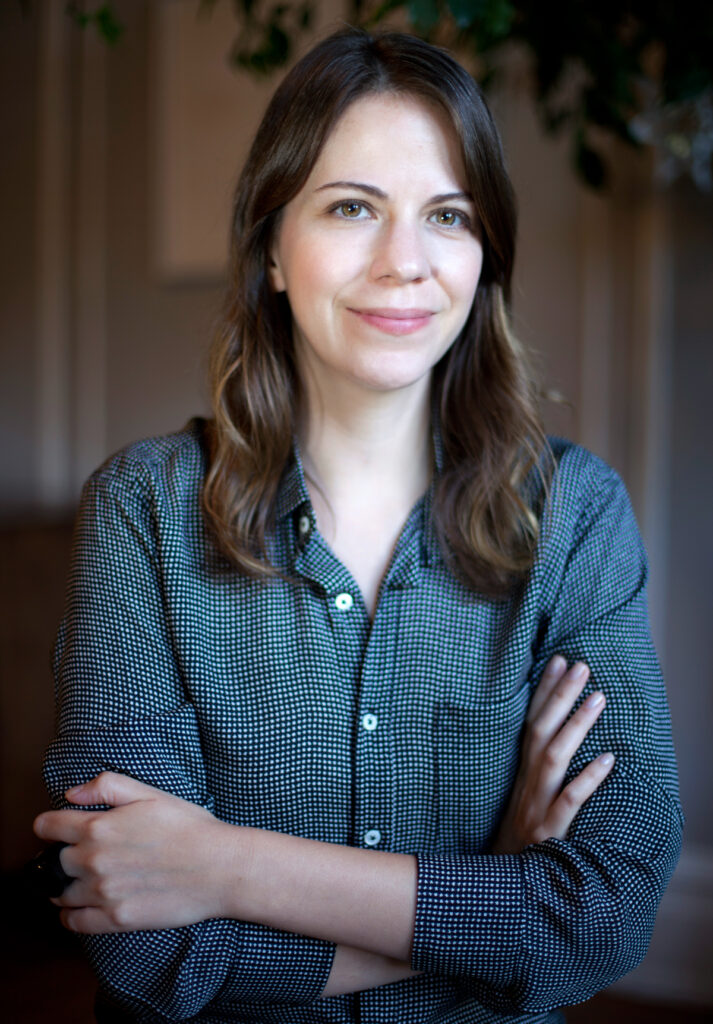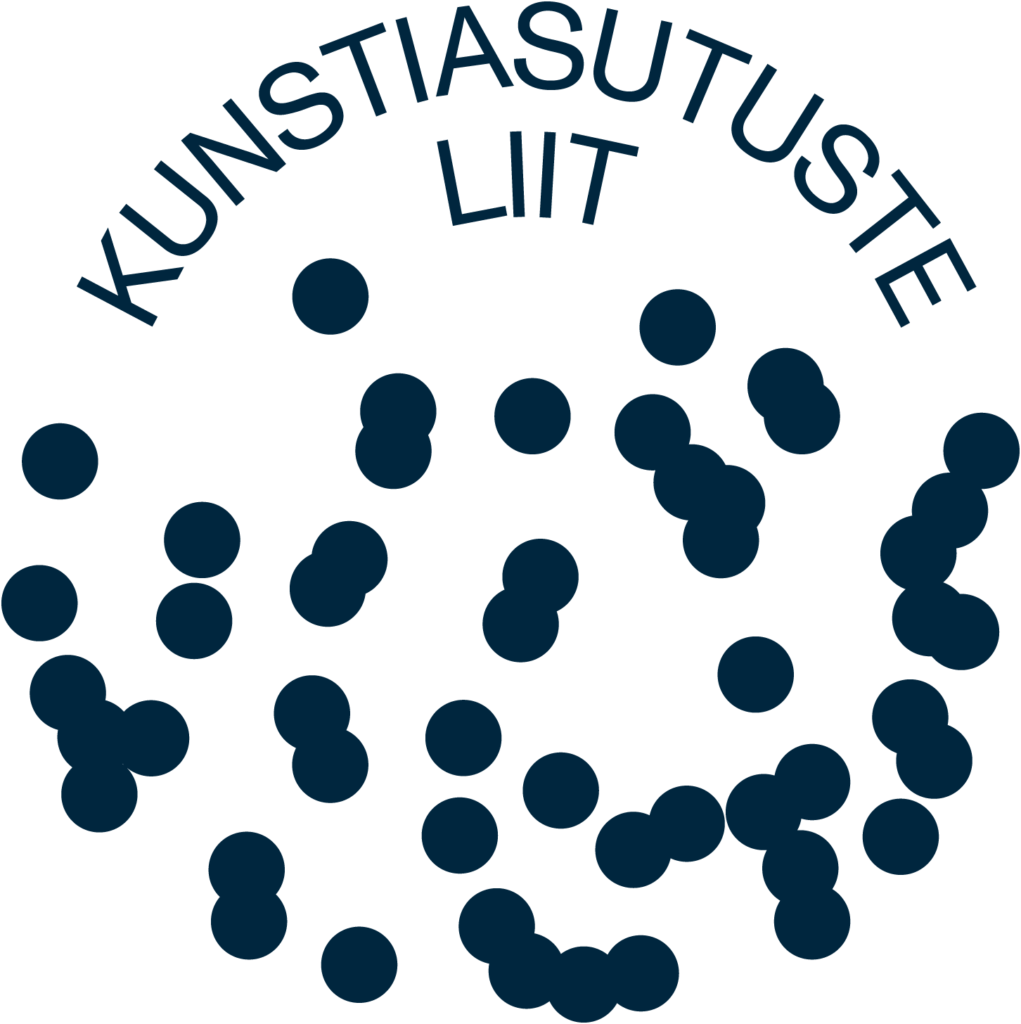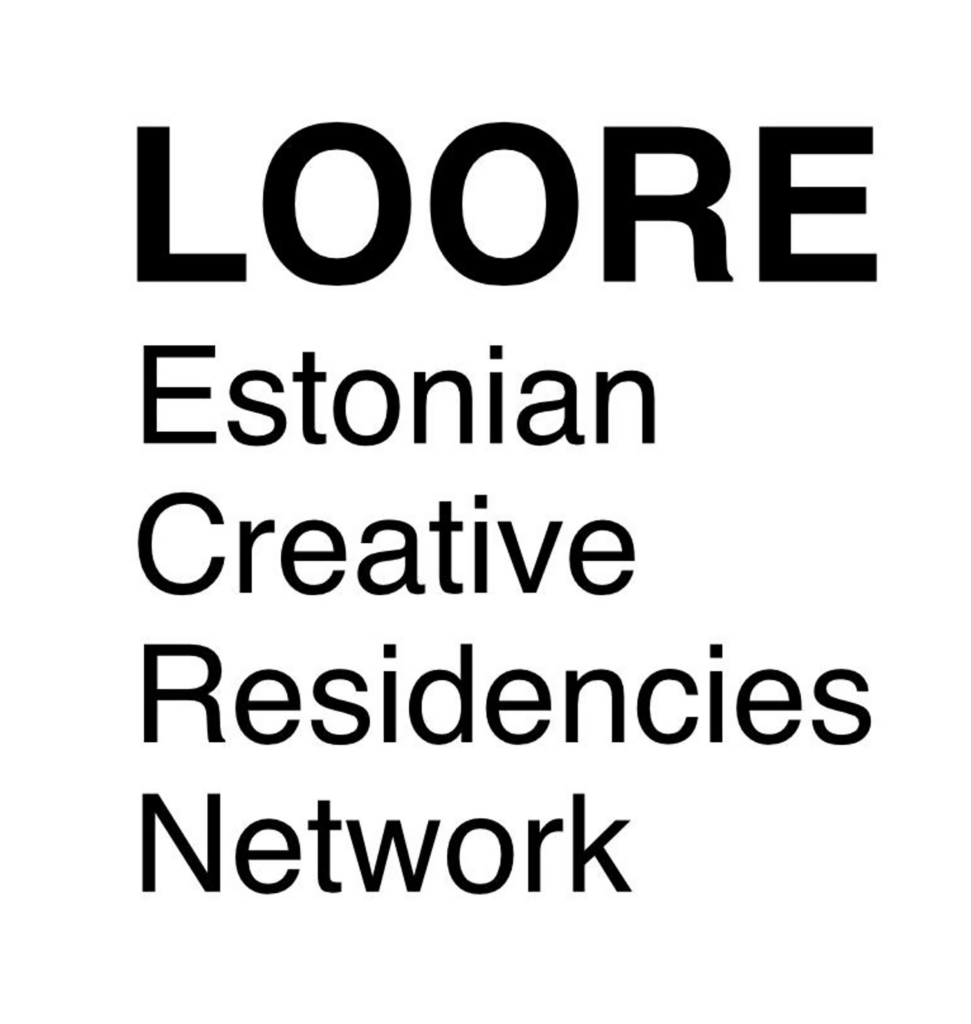Noblessner – brimming with history, imprinted by greats
As its name in Estonian indicates, Kai Art Center is located on a dock, in a repurposed industrial building in North Tallinn’s Noblessner Quarter, known for its fascinating history and architecture. The ensemble of limestone and concrete buildings is full of historical associations: it was a secret submarine facility from tsarist Russian times, it is closely connected with the nephew of Alfred Nobel, and it’s now a home to contemporary culture.
Kai Art Center is located directly on the water, in the Noblessner factory’s vessel systems department. The building, which is a national heritage site, was restored and renovated according to the vision of KAOS Architects and HGA, becoming an international art center in 2019. Contemporary art, virtual reality, restaurants, offices, apartments, and the port itself are all integrated into a modern seaside urban space.
The history of Noblessner dates back to 1912, when two St. Petersburg businessmen – Europe’s biggest oil industrialist, Emanuel Nobel (Alfred Nobel’s nephew), and Arthur Lessner, owner of the G. A. Lessner machinery factory – built a submarine production center here, the most important one in tsarist Russia. The name Noblessner is derived from the founders’ last names. From 1913 to 1917, a total of 12 then state-of-the-art submarines were built here. During Soviet times, Noblessner was home to the Soviet Ministry of Defense shipyard. When Estonia gained its independence, submarine production at Noblessner came to a halt, but ships were still built and repaired here all the way up until 2018.
The original developer of the quarter, Emanuel Nobel, was a colorful personality and as talented as his world-famous uncle Alfred. Besides managing the family-owned oil company, Branobel, Emanuel founded the world’s first diesel engine plant, which also produced engines for Noblessner’s submarines.
Nobel, who owned an outstanding Fabergé collection, loved art and sumptuous dinners. In 1888, Tsar Alexander III offered him Russian citizenship; Emanuel accepted. In fact, Emanuel is also to be thanked for the fact that Nobel Prizes have their current stature. After Alfred Nobel’s death, his heirs challenged his will, which left most of his estate to the Nobel Foundation for establishing the prizes. The disputes and negotiations lasted two years, but ultimately Emanuel managed to conclude an agreement that honored Alfred’s original intent.
Art framed by industrial architecture
The unique milieu of Kai Art Center’s surroundings stems from the imposing architecture of 12 historical industrial buildings that use the dramatic century-long story of the Estonian economy and statehood. The center is located in one of these buildings, the former vessel systems department. The building has a rectangular floor plan and was a workshop for coppersmiths and joiners in the 1920’s and 1930’s. The building’s defining element is its rounded roof, with a small triangular roof lantern.
All of the Noblessner buildings were built using methods that were innovative for their time, using monolithic reinforced-concrete frames. The limestone architecture typical for northern Estonia, with high, massive walls, offers space for the imagination to soar. Some of the buildings retain a rougher-hewn industrial look and still contain old machinery, helping to keep the historical link alive.
The complex drew outstanding individuals to the periphery of Europe in the early 20th century. One such example was the Danish engineering office, whose masterful design was vital to the adjacent Seaplane Harbour hangars, with their extraordinary concrete-shell structure. The revival of the architectural ensemble as a contemporary residential, commercial, and cultural environment is the handiwork of Estonia’s own internationally-acclaimed architecture practices.





















